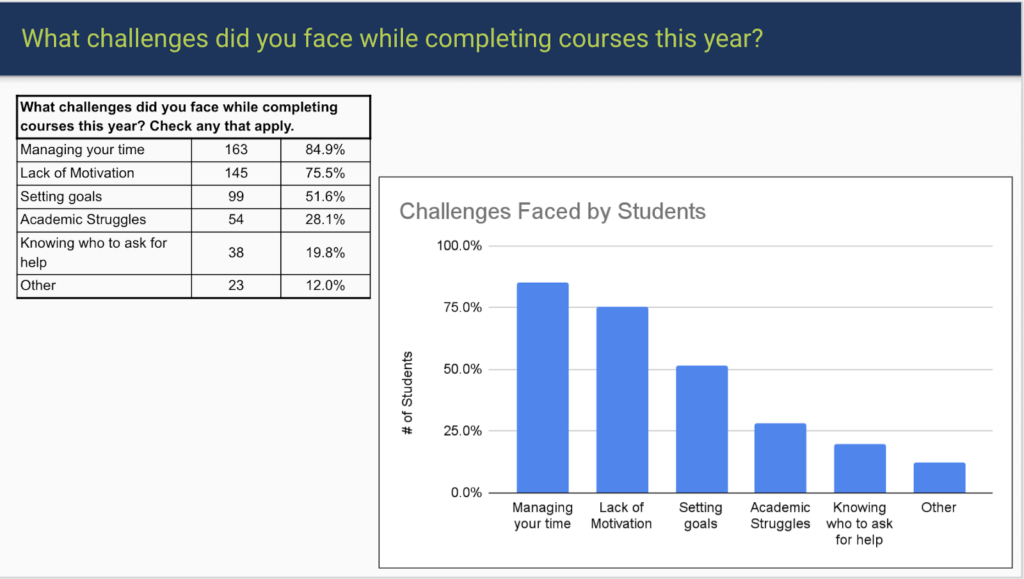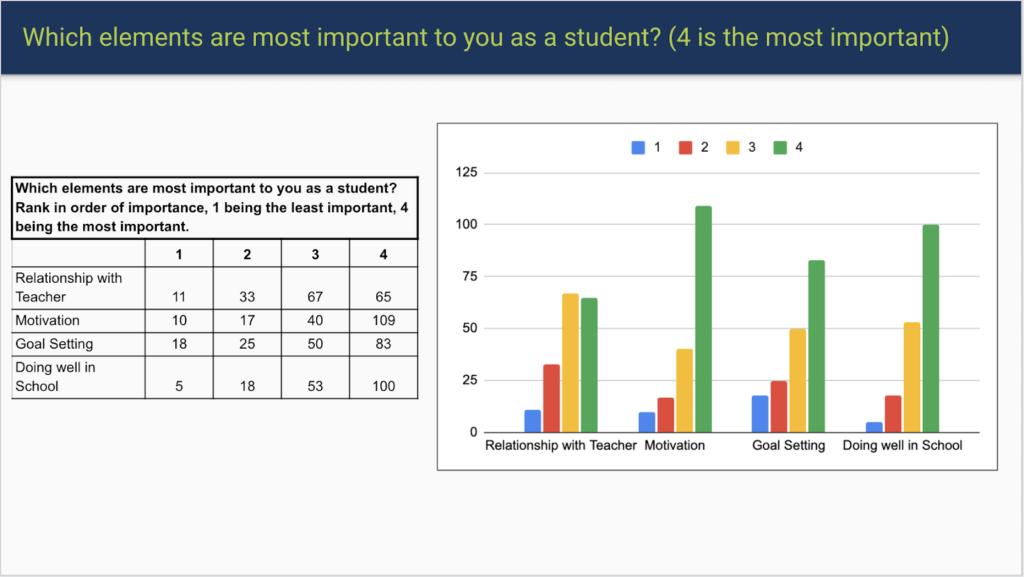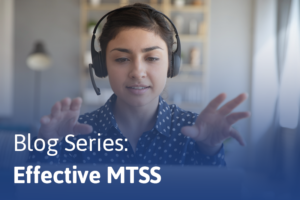BLOG SERIES: EFFECTIVE MTSS
Step 1: Determine Students' Greatest Needs — Student Surveys
Part 1 of virtual learning expert and Pulse user Chris Loiselle’s blog series
The heart of an MTSS system is the quality of support options your school has chosen to use in it. Those support options become a central part of a school’s operating practices and therefore must be carefully considered in order to maximize student outcomes.
The school we studied in this series looked first at research and other MTSS models for ideas. They found that most MTSS models are created around a traditional classroom environment and are heavily academically focused. In Blog #1 we discussed the importance of behavioral supports in a virtual educational environment. The models found for virtual programs were very specific to their individual school’s environment and thus could not be adequately adjusted to match this school’s environment. The school decided to create their support model from scratch. They decided that the best approach was to find out from staff and students where support is most needed.
The first step was to poll school staff members about issues students report as areas of difficulty. Staff working directly with students were given a brief open ended survey asking questions about this. The school then held focus group sessions to gain greater clarity. Once a good list of issues were identified it was time to create and administer a student survey.
It was important for the school to get as many responses as possible from students in order to obtain solid and reliable results. The school decided to keep the student survey to no more than 10 questions – mostly multiple choice – but with some opportunity for open-ended comments in every question just in case the choice list for each question did not include an answer the student would choose.
Once the survey was created it was sent via two main routes – the school’s email system and its centralized texting system built in Pulse. Each student in this school has a mentor, so mentors were asked to inform the students about the survey and as students completed it, mentors were given lists of complete and incomplete surveys for follow-up. The result was that nearly 50% of students eventually completed the survey, giving the school very healthy data for support development.
Some of the results of the survey are as follows:



The results of the surveys supported the findings from the staff poll – that in a virtual environment students struggle most with behavioral issues – motivation, goal setting, and time management. Academic struggles are low in relation to these issues. The next step was to begin creating support solutions around these issues, and mapping the support strategy.
Next — Step 2: Map your MTSS/PBIS Support Strategy Based on Student Needs

Since 2011 Chris Loiselle has worked as building administrator, CFO, and Chief Strategic Officer for Success Virtual Learning Centers and Berrien Springs Public Schools, where he is currently filling the Director of Quality Assurance role. While working at Success, Chris was instrumental in the development of the Pulse student support software. His passion is working in K-12 managing e-learning centers and building software to help improve virtual learning outcomes.
Chris first presented this 6-step process for effective MTSS at the Digital Learning Annual Conference in Atlanta, in February 2022.
His goal is to be able to help people prosper and succeed in today’s challenging educational environment.


